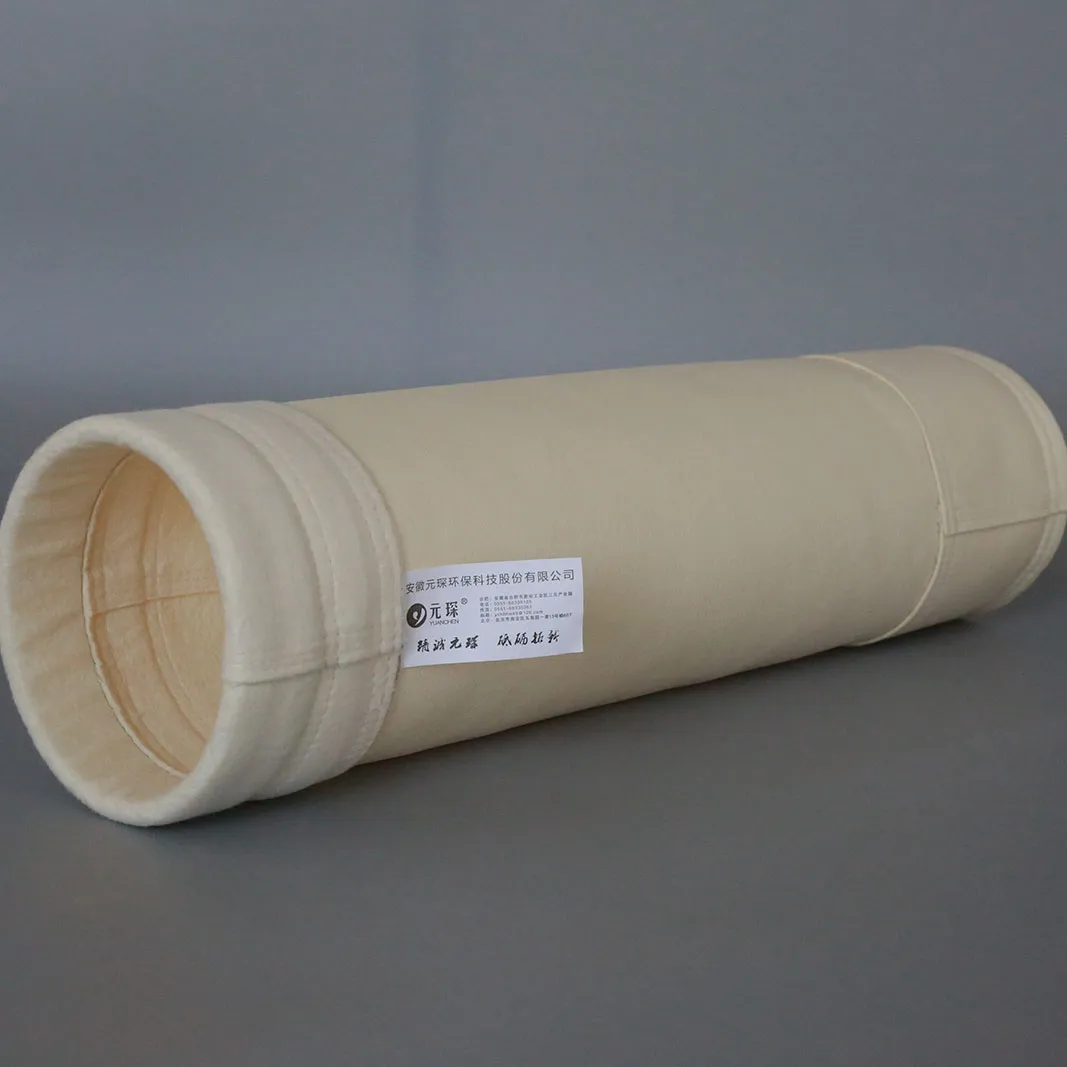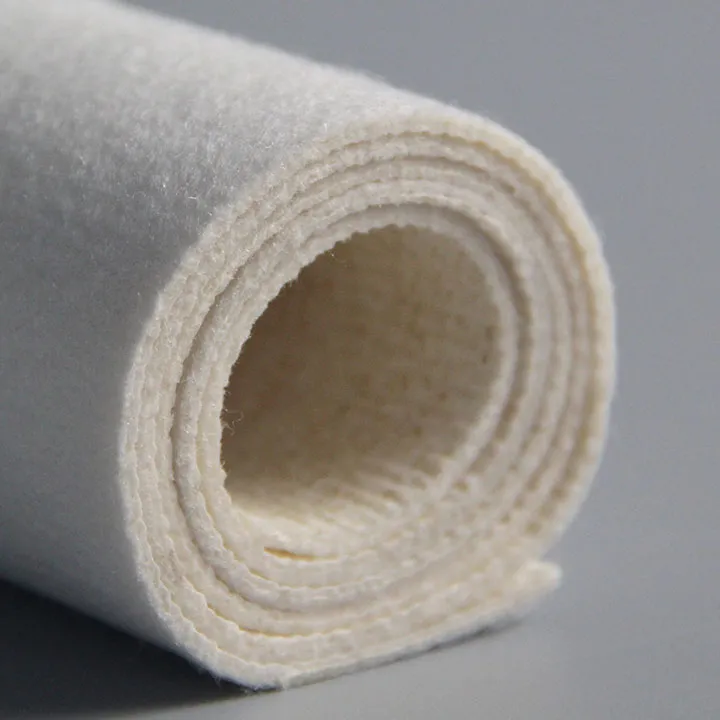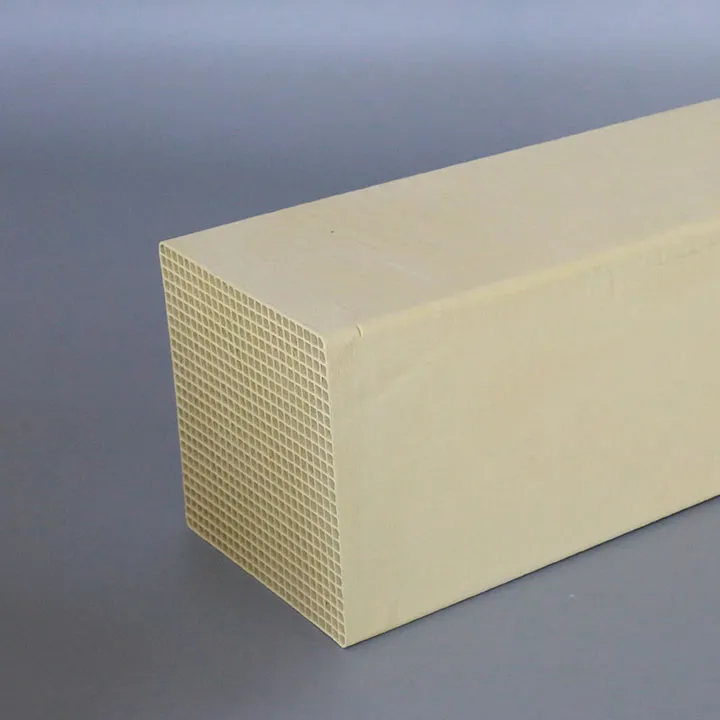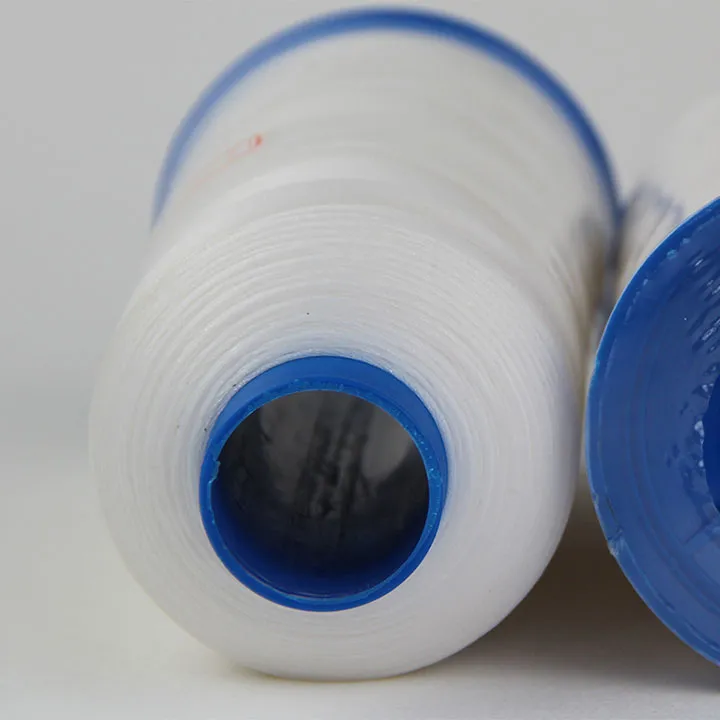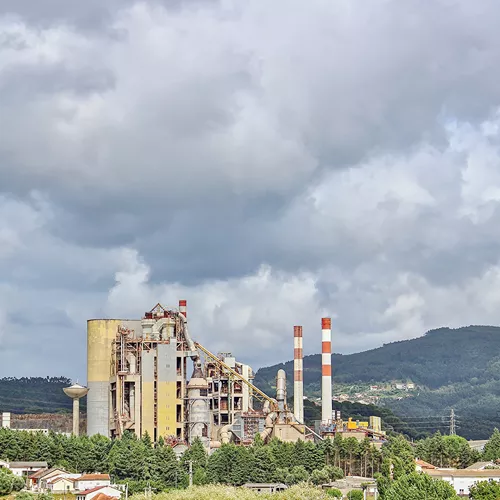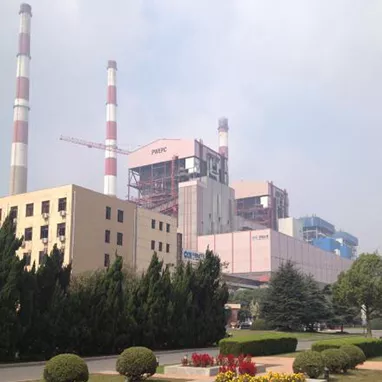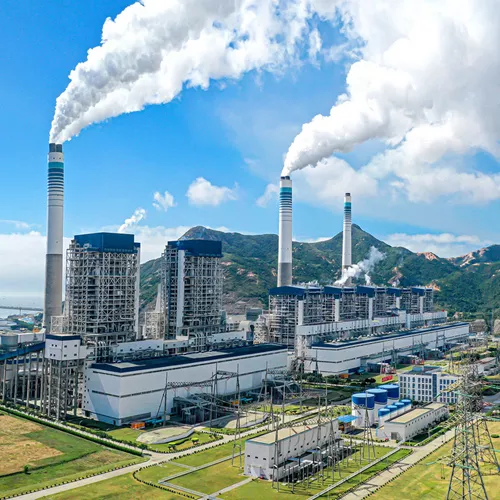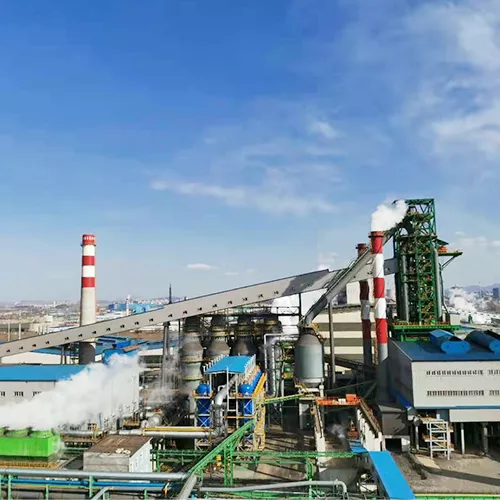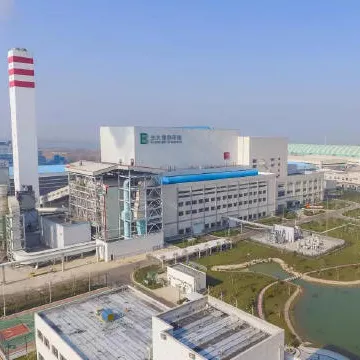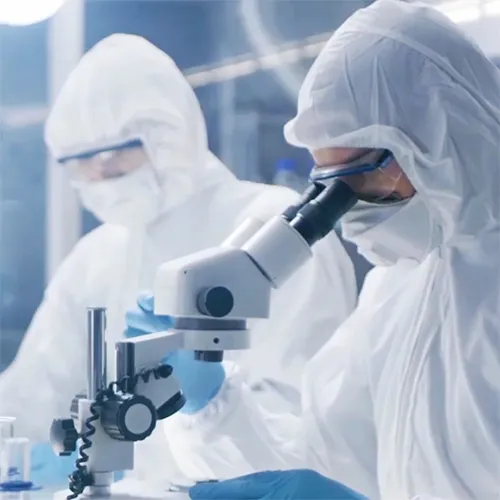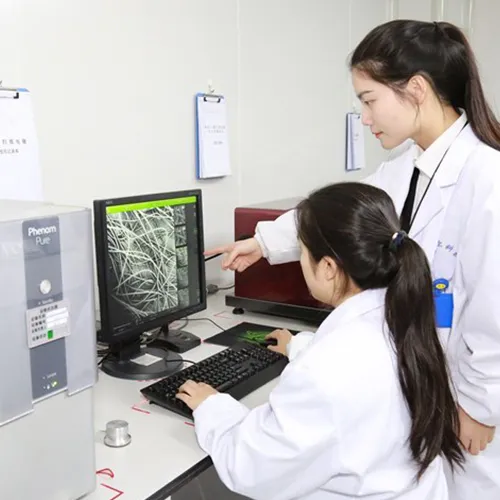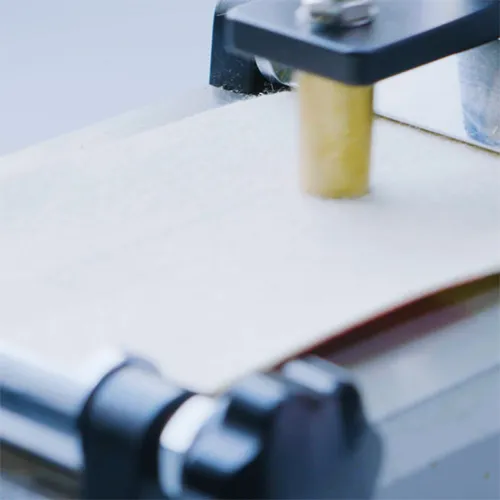Quel type de méthode de dénitrification utilise le four vertical ?
The denitrification method used by the vertical kiln is selective catalytic reduction (SCR).
The denitrification technology of the vertical kiln mainly adopts the selective catalytic reduction (SCR), which is a technology that uses a catalyst to reduce nitrogen oxides (NOx) in the flue gas to harmless nitrogen (N2) and water vapor at a lower temperature. This technology usually uses ammonia water, anhydrous ammonia or urea as a reducing agent, among which urea is widely used due to its safety and price advantages.
The core of SCR technology lies in the selection and use of catalysts, as well as the design of the injection system of the reducing agent. The catalyst is usually installed between the feed pipe and the kiln body of the vertical kiln, and the reducing agent is sprayed onto the catalyst through the injection component, so that the NOx in the flue gas reacts with the reducing agent under the action of the catalyst, thereby achieving the purpose of denitrification.
The denitrification of the vertical kiln is mainly achieved through technical means such as selective catalytic reduction (SCR), ozone oxidation and activated coke adsorption. The following is a brief introduction to these technologies:
Selective catalytic reduction (SCR)
Principle: Selective catalytic reduction is the process of using urea or ammonia to react with NOx in flue gas under the action of a catalyst to generate non-toxic and non-polluting nitrogen (N2) and water (H2O). This method is already very mature in the power industry and is one of the more efficient denitrification technologies.
Application: In a vertical kiln, since the flue gas temperature is not high, the flue gas needs to be heated to reach the reaction temperature window of SCR. Despite the high energy consumption, SCR is widely used due to its high efficiency.
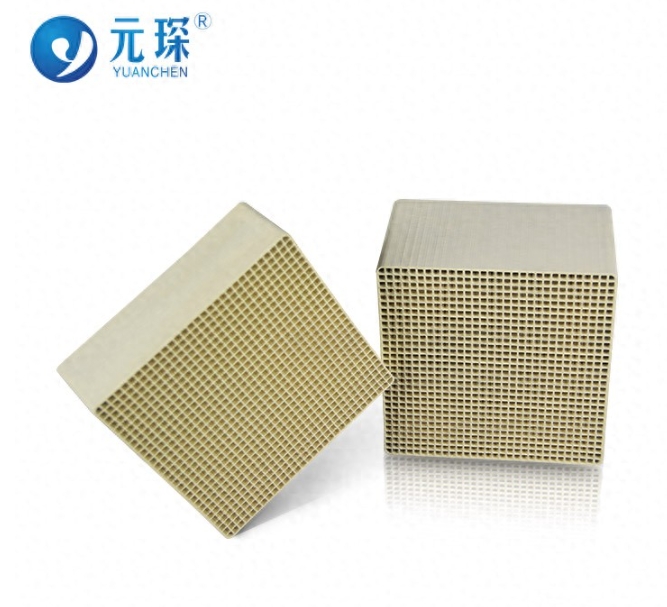
2. Ozone oxidation
Principle: Ozone oxidation uses the strong oxidizing property of ozone to oxidize NO in flue gas into high-valent NOx, which is then absorbed and converted into water-soluble substances in a scrubber to achieve the purpose of denitrification.
Application: This method is suitable for low-temperature conditions, has low infrastructure costs, small footprint, and is easy to implement. For equipment such as vertical kilns that do not have injection positions and reaction spaces, ozone oxidation provides an effective solution.
Activated coke adsorption method
Principle: The activated coke adsorption method removes nitrogen oxides from flue gas through the adsorption of activated carbon. Activated carbon has a large specific surface area and rich microporous structure, which can effectively adsorb harmful substances in flue gas.
Application: In vertical kiln denitrification, the activated coke adsorption method can be used as a supplement to SCR or ozone oxidation method to further improve the denitrification efficiency. At the same time, activated coke can also be recycled to reduce operating costs.
There are many different denitrification technologies for vertical kilns, and each technology has its unique advantages and applicable conditions. When choosing denitrification technology, enterprises should consider various factors based on their own production characteristics, economic conditions and environmental protection requirements, and choose the most appropriate denitrification solution.


